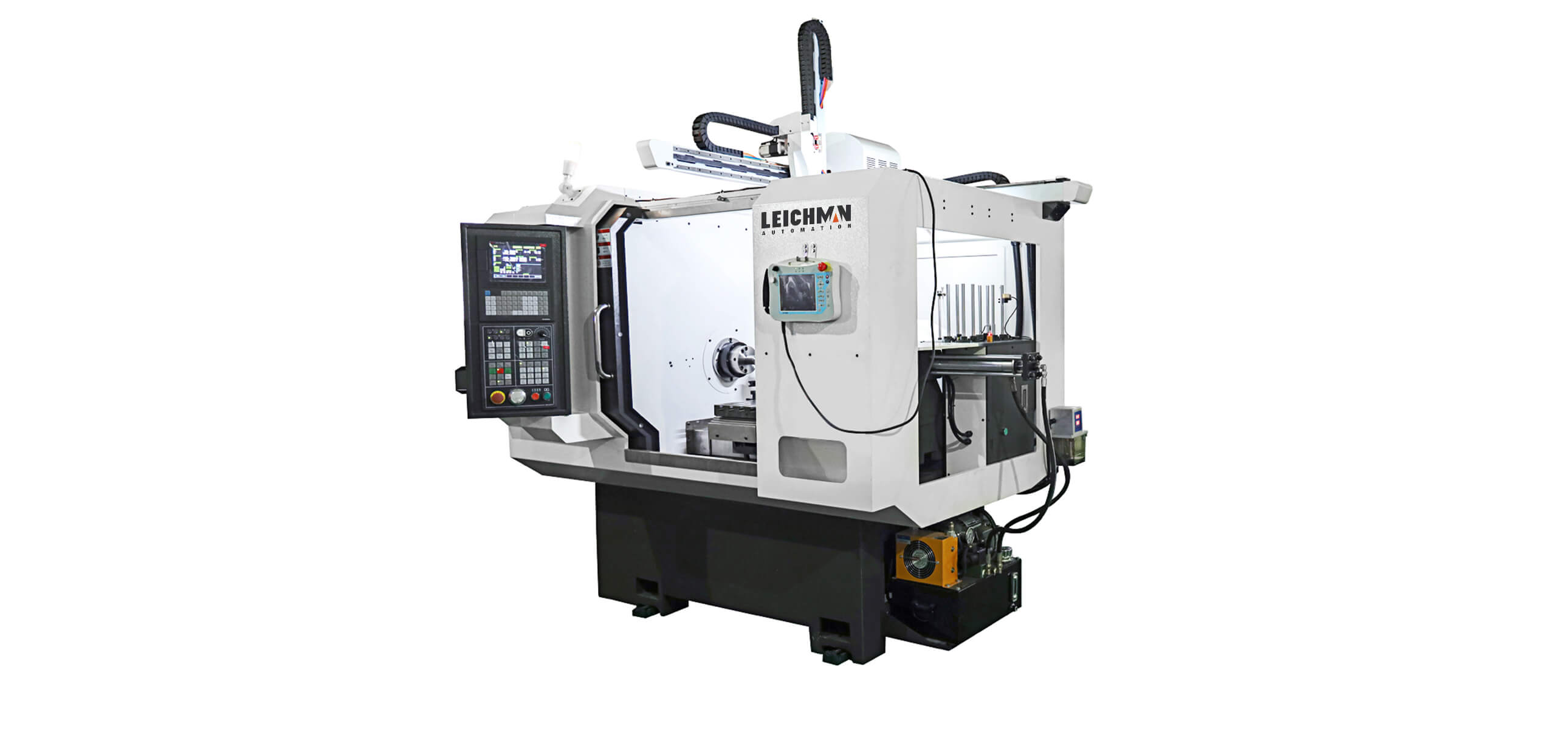In the ever-evolving landscape of manufacturing, CNC metal spinning machines have emerged as indispensable tools, revolutionizing the way metal components are fabricated. To demystify the intricacies surrounding these advanced machines, we present a comprehensive guide addressing frequently asked questions (FAQs) that delve deep into the world of CNC metal spinning.
CNC Metal Spinning short for Computer Numerical Control Metal Spinning, is a cutting-edge manufacturing process that utilizes computerized controls to shape metal sheets into intricate and precise forms. This method involves the rotation of a metal disc while various tools manipulate the material, resulting in seamless and uniform products.

The CNC metal spinning process begins with a flat metal sheet or disc mounted on a spinning lathe. The computerized controls precisely dictate the movement of the tools, enabling them to shape the metal into desired forms. This automated precision ensures consistent results, making CNC metal spinning a preferred choice for industries requiring intricate and customized metal components.
One of the standout benefits of CNC metal spinning lies in its ability to achieve unparalleled precision. The computer-guided tools execute intricate designs with minimal margin for error, ensuring that each product meets exact specifications.
Contrary to popular belief, the cost-effectiveness of CNC metal spinning goes beyond the initial investment. The precision and speed of the process significantly reduce material wastage, ultimately contributing to lower production costs over the long term.
CNC metal spinning machines cater to a diverse range of industries due to their adaptability in shaping various metals. Whether it's aluminum, stainless steel, or other alloys, these machines seamlessly transform raw materials into complex and detailed components.
The aerospace sector benefits immensely from CNC metal spinning, as it allows for the creation of lightweight yet robust components crucial for aircraft performance. The precision and strength offered by CNC metal spinning make it an ideal choice for aerospace engineers.
Additional resources:In the automotive industry, CNC metal spinning plays a pivotal role in crafting intricate components such as exhaust systems, wheel covers, and other specialized parts. The efficiency of the process aligns with the automotive sector's demand for high-quality and precisely engineered components.
CNC metal spinning finds application in the creation of aesthetically pleasing lighting fixtures and decorative items. The ability to produce complex shapes and designs makes these machines invaluable for designers seeking unique and customized pieces.
Choosing the right material is crucial in CNC metal spinning. The machine's capabilities vary based on the type of metal used. Understanding the properties of different metals helps optimize the manufacturing process for desired outcomes.
To ensure consistent quality, regular maintenance of tools is essential. Identifying signs of wear and promptly replacing or refurbishing tools is integral to maximizing the lifespan of a CNC metal spinning machine.
As technology advances, the future of CNC metal spinning holds exciting possibilities. Integration with artificial intelligence (AI) and machine learning is poised to enhance the precision and efficiency of these machines, opening up new frontiers in metal fabrication.
In the realm of manufacturing, CNC metal spinning stands out as a transformative force, offering precision, efficiency, and versatility. This guide has provided a comprehensive overview of the technology, addressing FAQs to empower businesses and enthusiasts alike. Embrace the potential of CNC metal spinning to elevate your manufacturing capabilities and stay ahead in the ever-evolving industry landscape.
Additional resources:Related Articles
Comments
Please Join Us to post.
0